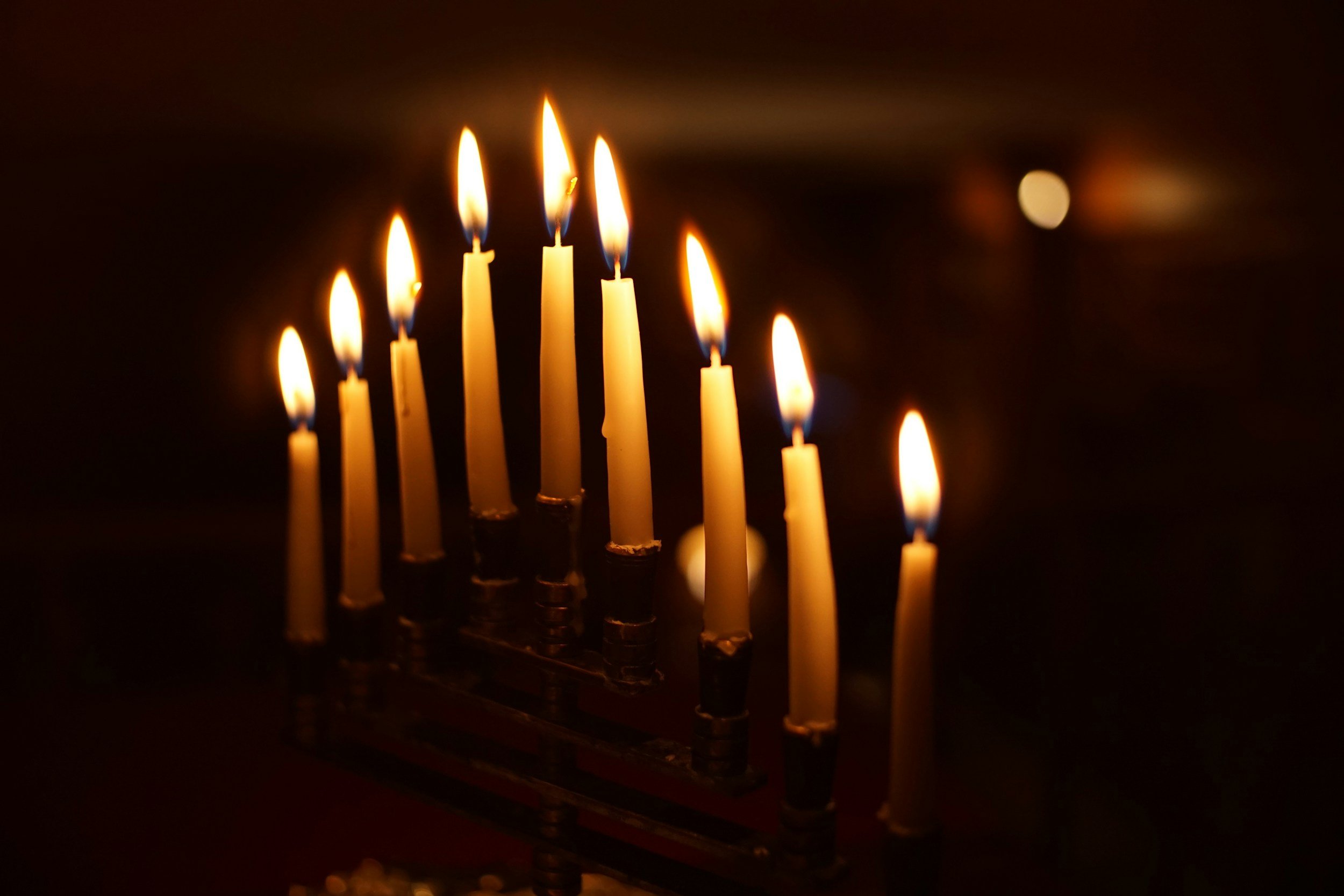
For Classroom and Music Teachers
We are delighted to offer you materials for teaching and singing about Chanukah in a meaningful way.
By fall 2026 we plan to provide recordings of several songs and sheet music for elementary and high school choirs.
Where did the names of our months come from? [Ancient Rome, 2,000 years ago.]
Is our calendar solar or lunar, based on the sun or the moon? [seasons, solstices, and equinox]
What are the traditional foods prepared for Chanukah?
Where does the name Chanukah come from?
Lesson Suggestions:
The eight-day festival of Chanukah begins as the moon grows smaller on the 25th day of the Hebrew month called Kislev, which usually falls in late November or December. On that date more than 2,000 years ago, the small country of Judah overthrew foreign oppressors. An ancient legend tells that when the people of Judah reclaimed their holy Temple in Jerusalem, they found only enough special oil for the Temple lamp, the menorah, to last for one day, but miraculously it lasted for eight! So Jewish families light candles for eight nights and enjoy holiday foods cooked in oil:
Latkes - a word in the Yiddish language meaning potato pancakes - Potato Latkes Recipe
Burmeulos - a word in Ladino (Judeo-Espanol) meaning sweet fritters - Burmelos Recipe
Sufganiyot - a rod in the Hebrew language meaning jelly doughnuts - Sufganiyot Recipe
The name Chanukah (also spelled Hanukkah) means “dedication,” referring to the dedication ceremony for the restored Temple. In the Northern Hemisphere (where most Jews live) the festival always falls near or on the winter solstice, the time of least daylight, which makes Chanukah the darkest time of the year. Since long ago, Jewish teachers called rabbis have taught about peace, blessings, and spiritual light on Chanukah.


